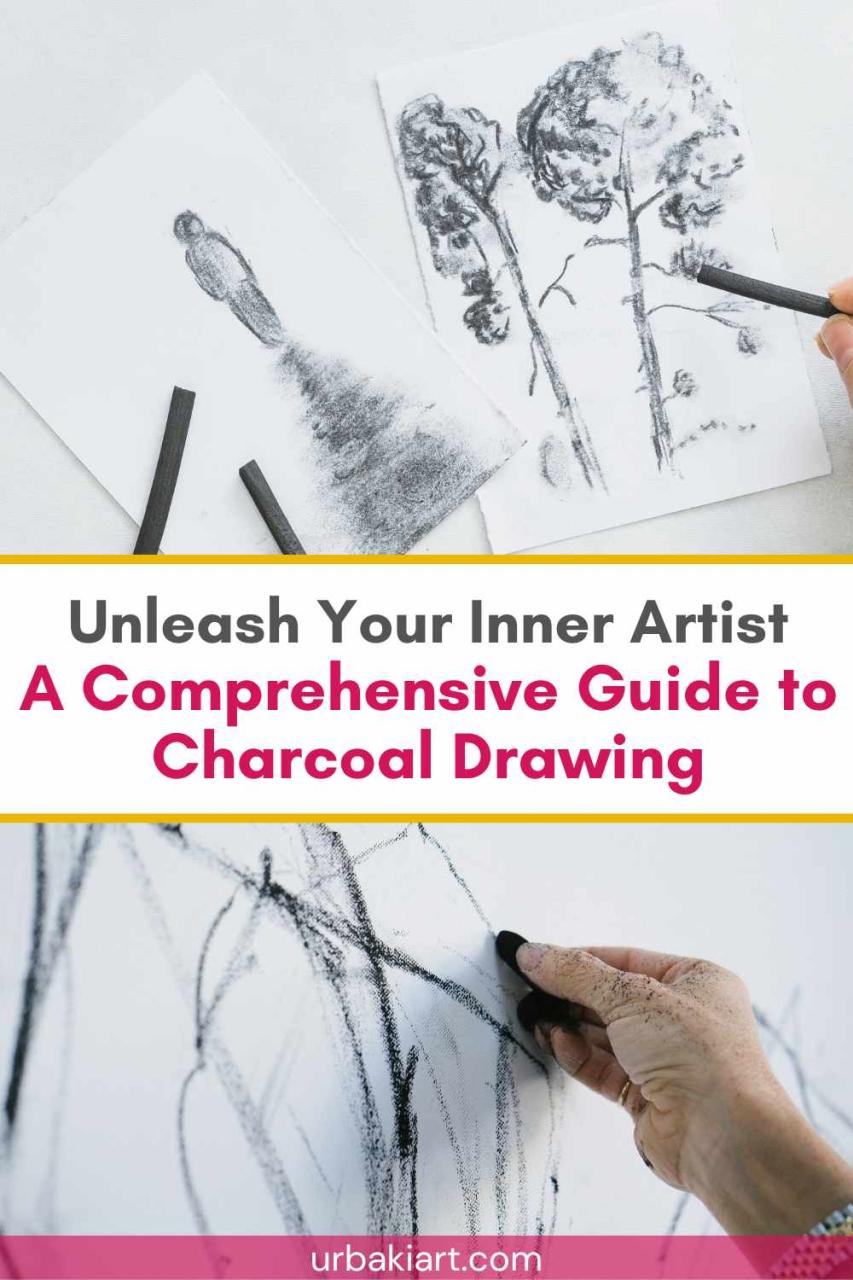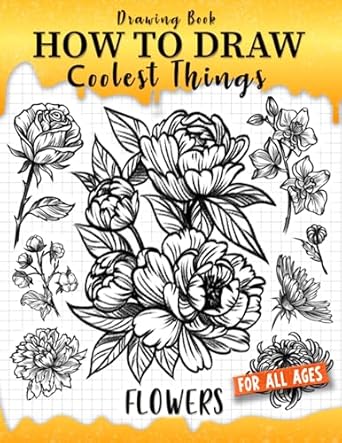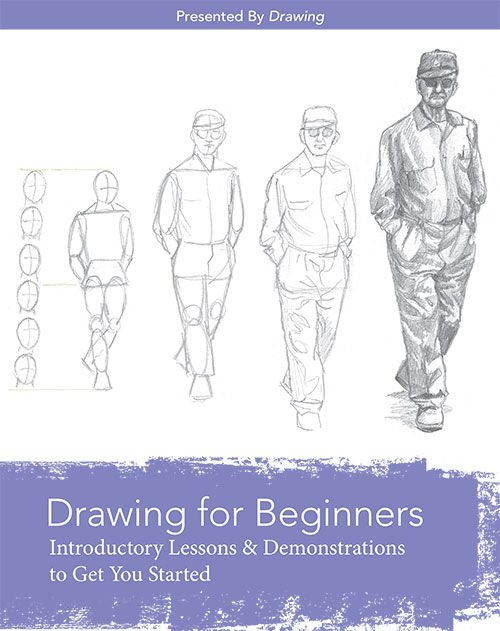With enthusiasm, let’s navigate through the intriguing topic related to Unleashing Your Inner Artist: A Beginner’s Guide to Drawing. Let’s weave interesting information and offer fresh perspectives to the readers.
Introduction
Unleashing Your Inner Artist: A Beginner’s Guide to Drawing

Welcome to the wonderful world of drawing! Whether you’re a complete beginner or just looking to refresh your skills, this guide will equip you with the tools and knowledge to create amazing artwork.
Why Draw?
Drawing isn’t just about making pretty pictures; it’s a powerful tool for self-expression, creativity, and even stress relief. Here are some of the incredible benefits of drawing:
- Boosts Creativity: Drawing allows you to explore your imagination and bring your ideas to life. It encourages you to think outside the box and experiment with different styles and techniques.
- Improves Observation Skills: Drawing forces you to pay close attention to details and shapes, helping you see the world around you in a new light.
- Enhances Problem-Solving: Drawing involves finding solutions to visual challenges, like figuring out how to represent light and shadow or create realistic proportions.
- Reduces Stress: Engaging in a creative activity like drawing can help calm your mind and relieve stress. It’s a fantastic way to unwind after a long day.
- Increases Confidence: As you progress in your drawing skills, you’ll gain a sense of accomplishment and confidence in your abilities.


Let’s Get Started!
1. Gather Your Supplies:
- Paper: Start with basic drawing paper, which is smooth and good for beginners. You can experiment with different textures later.
- Pencils: A set of graphite pencils with varying degrees of hardness (like 2H, HB, 2B, 4B) will allow you to create different line weights and shades.
- Eraser: A good quality eraser is essential for correcting mistakes and refining your drawings.
- Sharpener: Keep your pencils sharp for precise lines and details.
- Optional: You can also explore other drawing tools like charcoal, colored pencils, markers, or even crayons!

2. Mastering the Basics:

- Lines: Practice drawing different types of lines: straight, curved, wavy, thick, thin, and dashed. Experiment with varying pressure and angles.
- Shapes: Learn to draw basic geometric shapes like circles, squares, triangles, and rectangles. This will form the foundation for drawing more complex objects.
- Shading: Use your pencils to create different shades of gray by applying pressure. This will add depth and dimension to your drawings.
- Perspective: Understanding perspective is key to creating realistic drawings. Start by practicing simple one-point perspective, which involves drawing objects that recede into the distance.

3. Building Confidence:
- Start Simple: Don’t try to draw complex objects right away. Begin with simple shapes like fruits, vegetables, or everyday objects.
- Practice Regularly: The key to improving your drawing skills is consistent practice. Set aside a little time each day to draw, even if it’s just for 15 minutes.
- Don’t Be Afraid to Make Mistakes: Everyone makes mistakes when they’re learning to draw. Embrace them as learning opportunities and don’t be afraid to erase and start over.
- Seek Inspiration: Look at artwork by other artists, observe the world around you, and find inspiration in everyday objects.
4. Let’s Draw!
Now that you have a basic understanding of drawing fundamentals, let’s try a fun exercise.
How to Draw a Simple Flower:
- Start with a Circle: Draw a circle in the center of your paper. This will be the center of your flower.
- Add Petals: Draw a series of curved lines around the circle, overlapping slightly to create the petals of your flower.
- Define the Stem: Draw a curved line extending from the bottom of the circle to create the stem of the flower.
- Add Leaves: Draw a few oval shapes along the stem to represent leaves.
- Shading: Use your pencils to add shading to the petals, stem, and leaves, creating depth and dimension.
FAQs:
1. What if I’m not good at drawing?
Don’t worry! Everyone starts somewhere. Drawing is a skill that takes time and practice to develop. Just keep practicing and you’ll see improvement over time.
2. What should I draw?
Draw whatever interests you! Start with simple objects, then gradually move on to more complex subjects. Don’t be afraid to experiment with different styles and techniques.
3. How long does it take to learn to draw?
There’s no set timeframe for learning to draw. It depends on your dedication, practice, and individual learning pace.
4. What are some good resources for learning to draw?
There are many great resources available online and in libraries. Check out YouTube tutorials, online drawing courses, or books on drawing fundamentals.
5. Is there a specific age to start learning to draw?
It’s never too late to start drawing! Children as young as toddlers can benefit from drawing activities, while adults can enjoy the creative benefits of drawing at any age.
Remember, drawing is a journey, not a destination. Enjoy the process, experiment, and have fun!

Thus, we hope this article has provided valuable insights into Downloads Unleashing Your Inner Artist: A Beginner’s Guide to Drawing. We hope you find this article informative and beneficial. See you in our next article!
 apapunada.my.id News Bisnis Technology Tutorial
apapunada.my.id News Bisnis Technology Tutorial